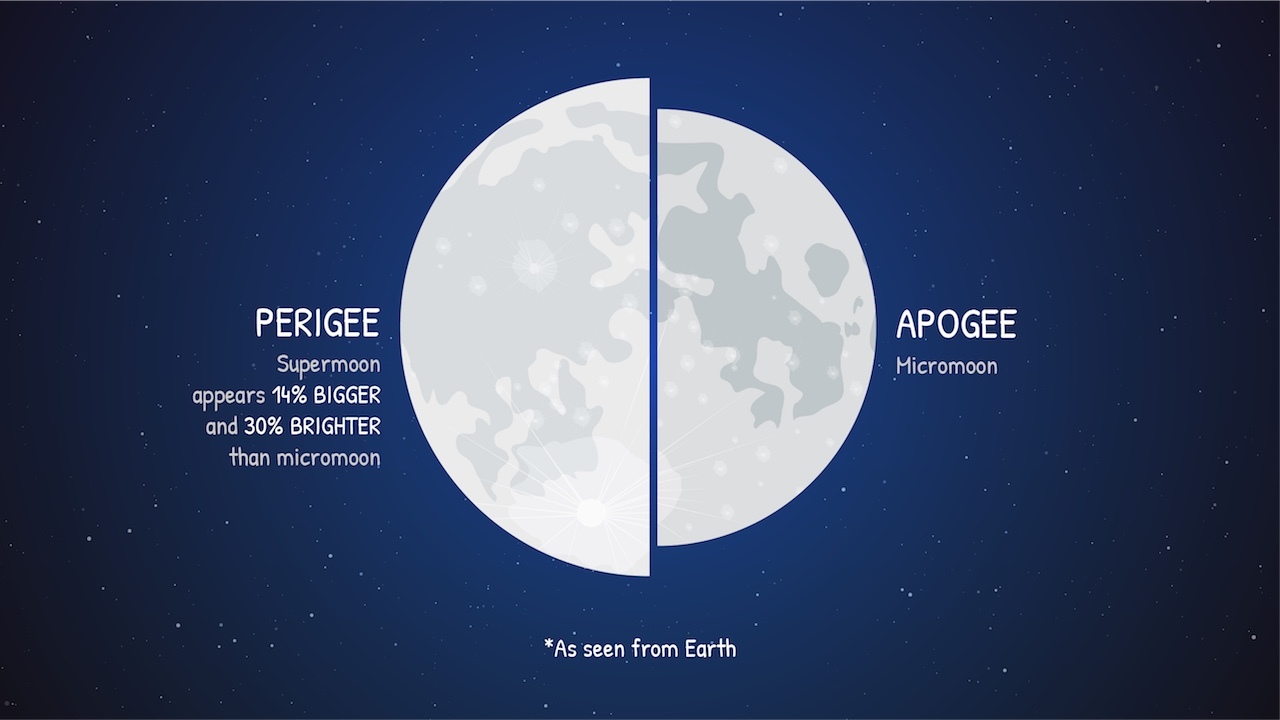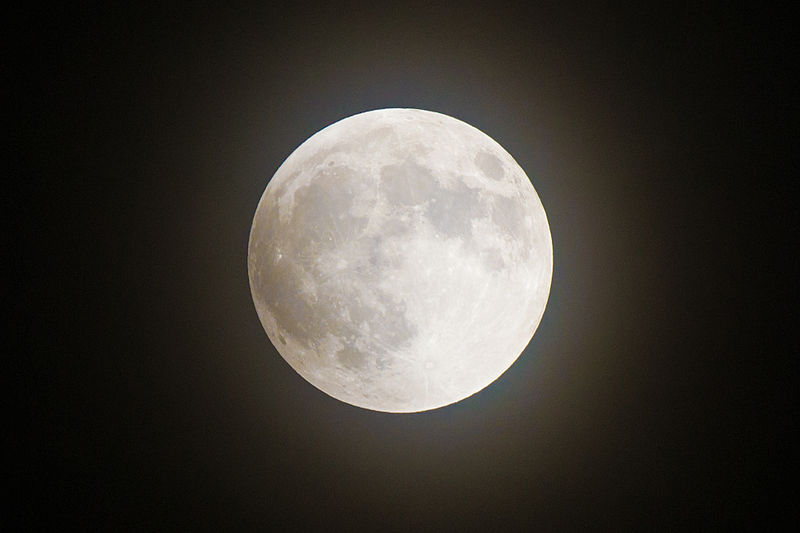
While full moons are always a delight to watch, the one scheduled to make an appearance on November 14 will be even more so. That’s because it is no ordinary full moon, but the brightest and biggest “supermoon” since 1948. The next time you will encounter this glorious a sight, will be on November 25, 2034.
The phenomenon is a result of the moon’s elliptical orbit around the Earth. When a full moon coincides with perigee, the closest distance to Earth, it can appear up to 14 percent larger and 30 percent brighter than during apogee, when it is the furthest away from our planet.
The moon’s distance from the Earth ranges from 221,208 miles to 252,989 miles; on November 14, it will get as near as 221,524 miles, or just 316 miles shy of the closest possible distance. This degree of proximity will not happen again for 18 years.

The November full moon, regardless of whether it is a supermoon, is often referred to as the Beaver Moon. According to ancient folklore, it was named by the Algonquin people who set their beaver traps around this time to obtain fur to survive the cold winters.
NASA scientists say that while the Beaver Moon will peak at 8:52 am EST, or after moonset for most of the US, it will look as spectacular on Sunday and Monday night. And in case inclement weather causes you to miss seeing it altogether, do not fret. There will be another, albeit slightly smaller, supermoon on December 14. While it will also be spectacular, it may not be as popular. That’s because the supermoon’s brightness will make it hard to observe the spectacular Geminid meteor showers, which will be at their peak on December 13. Stargazers will, therefore, have to seek out darker areas and pay closer attention to see the shooting stars!
Resources: NASA.gov, space.com